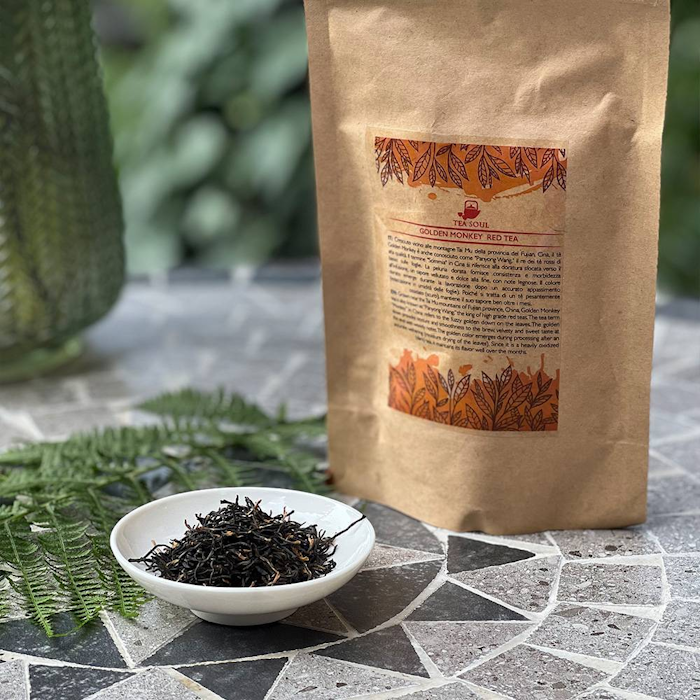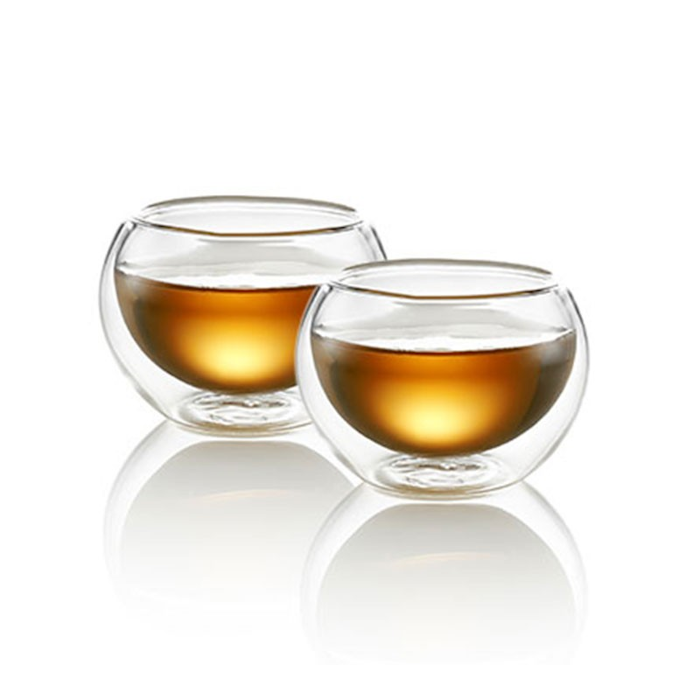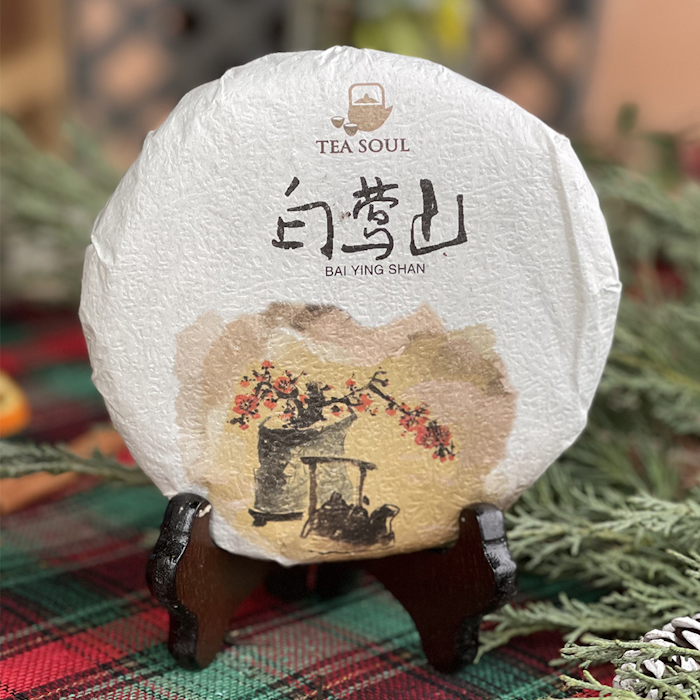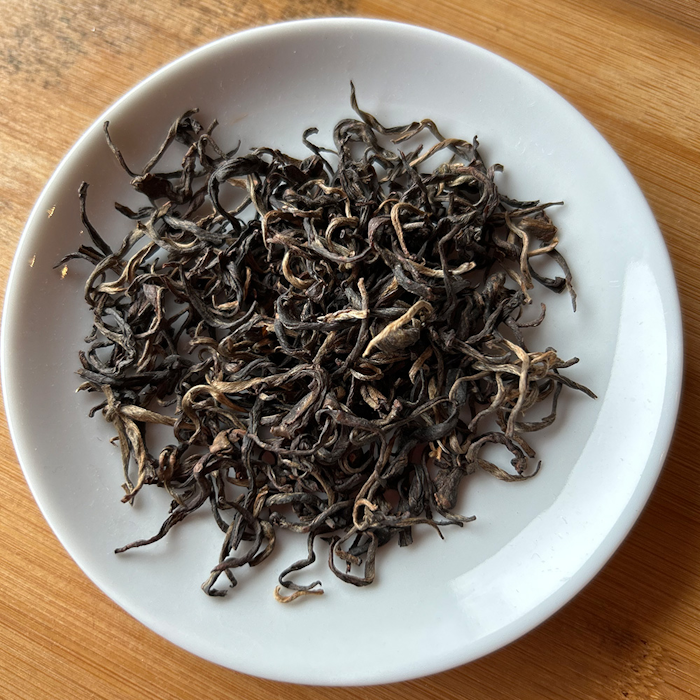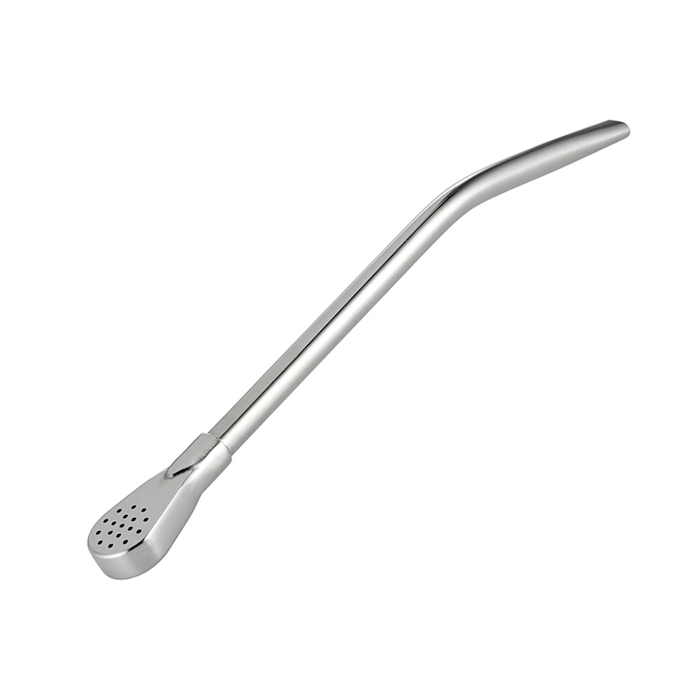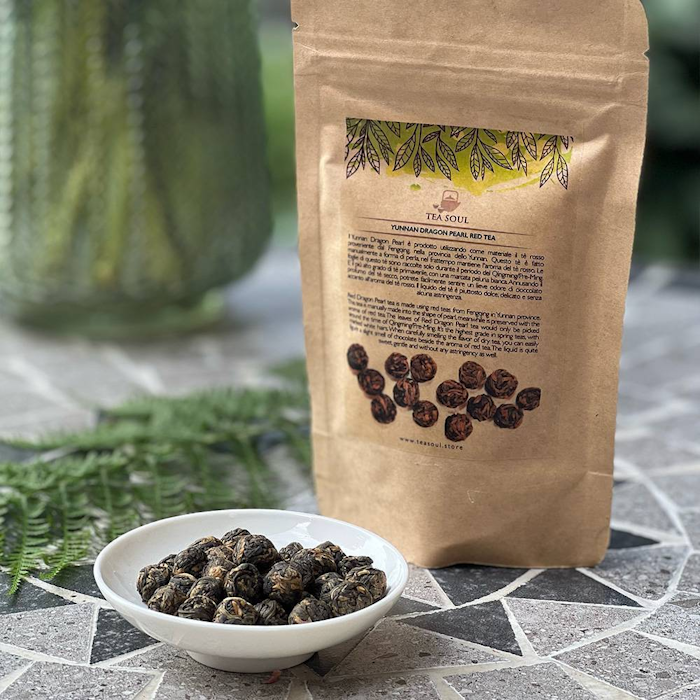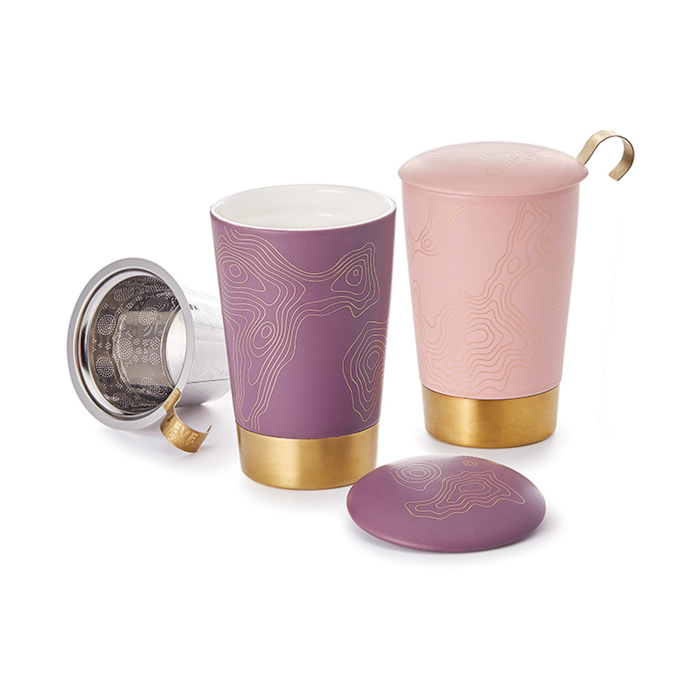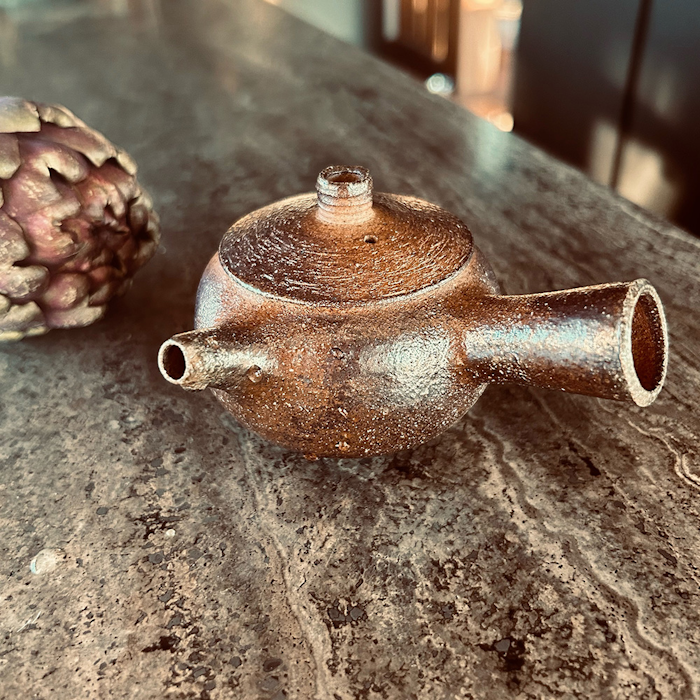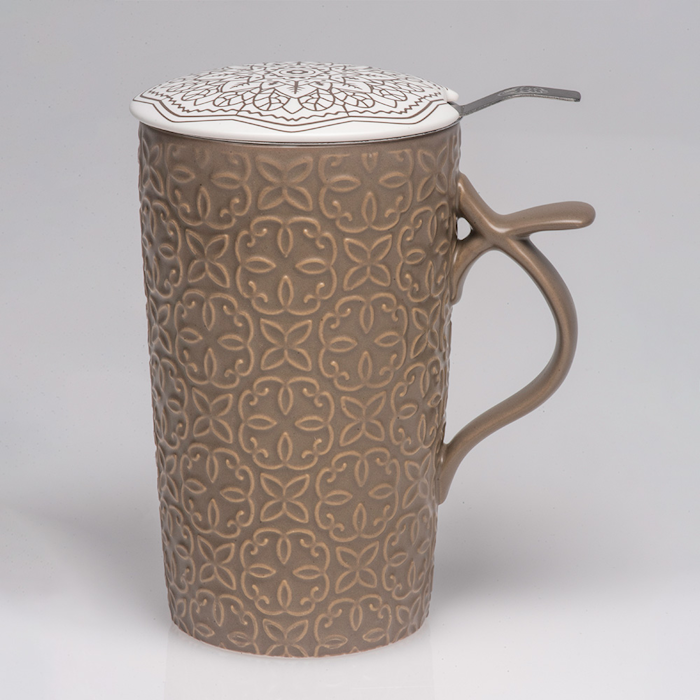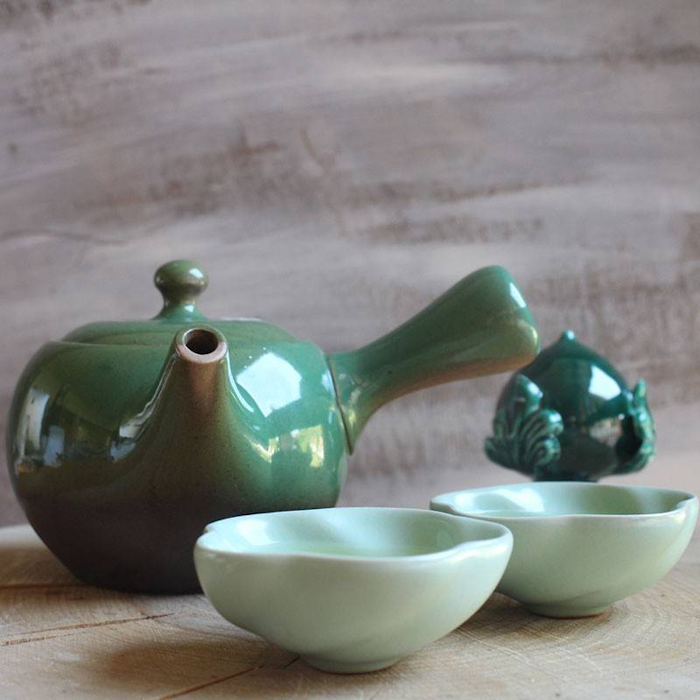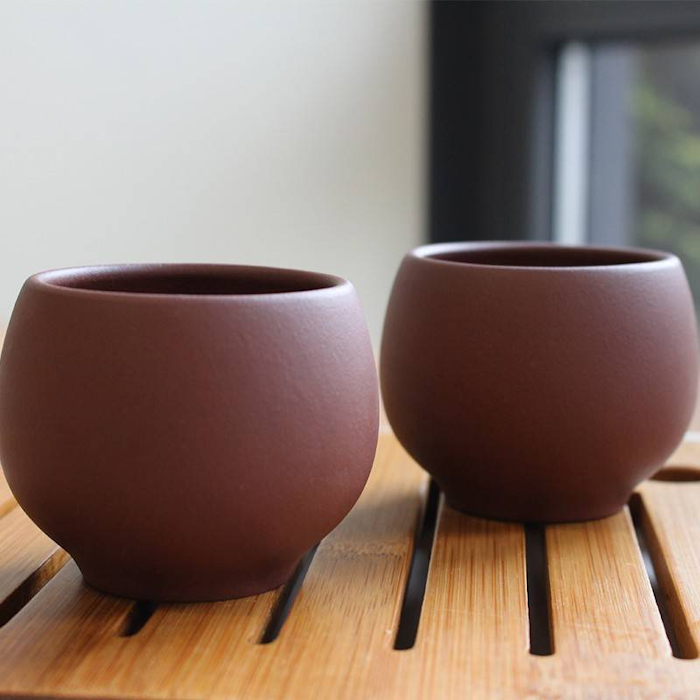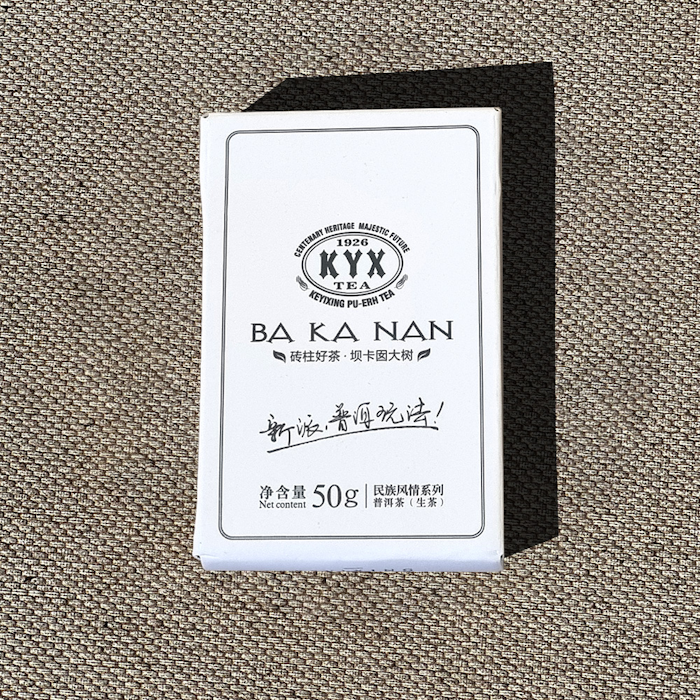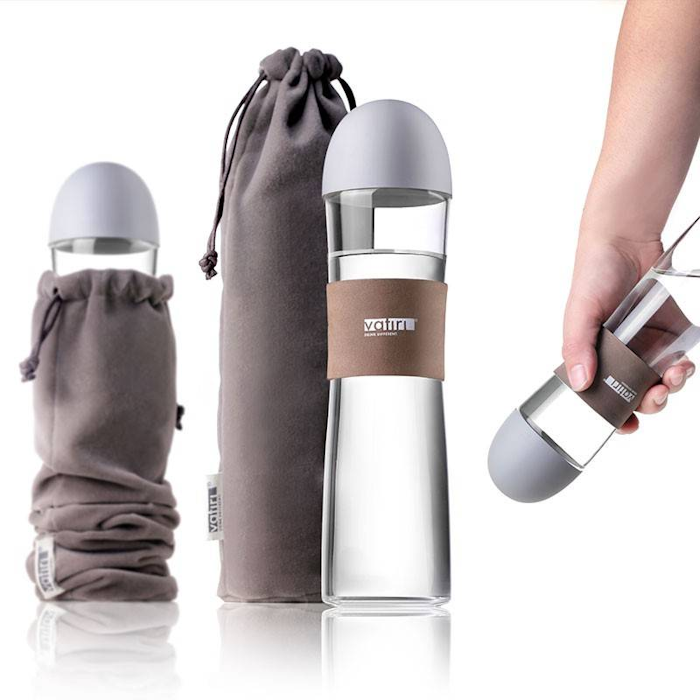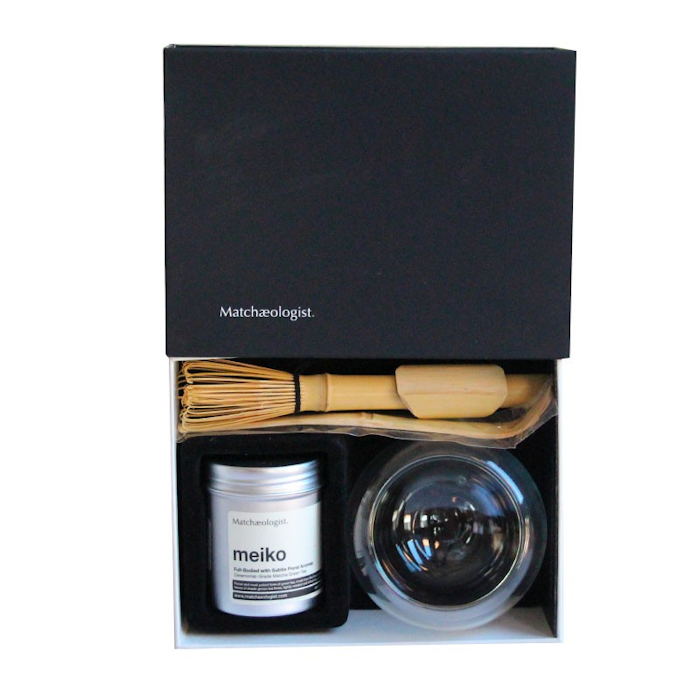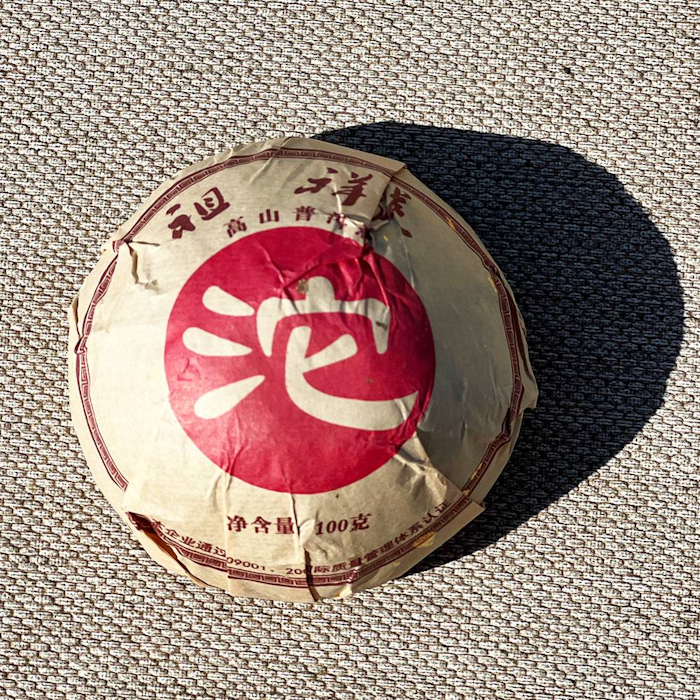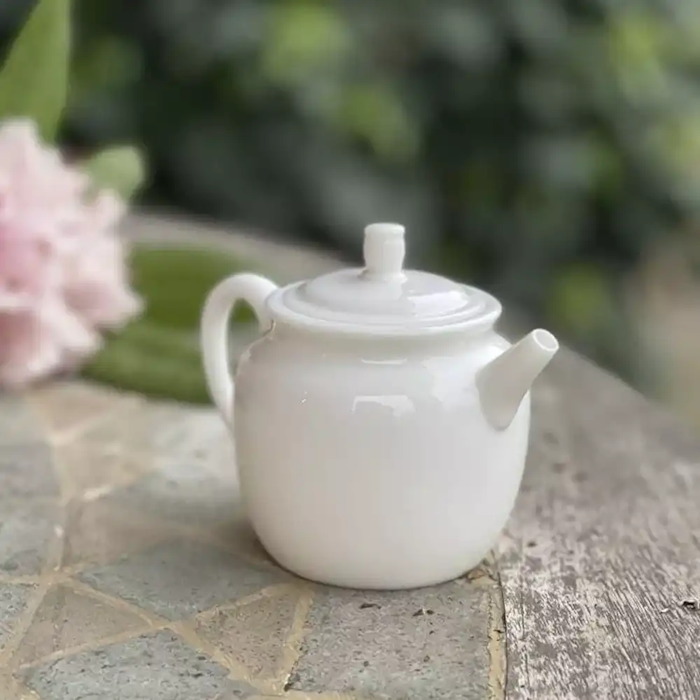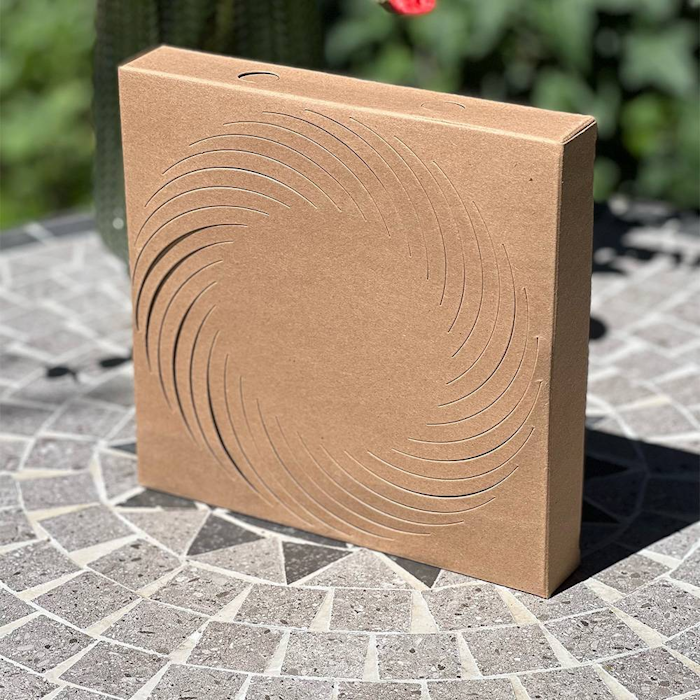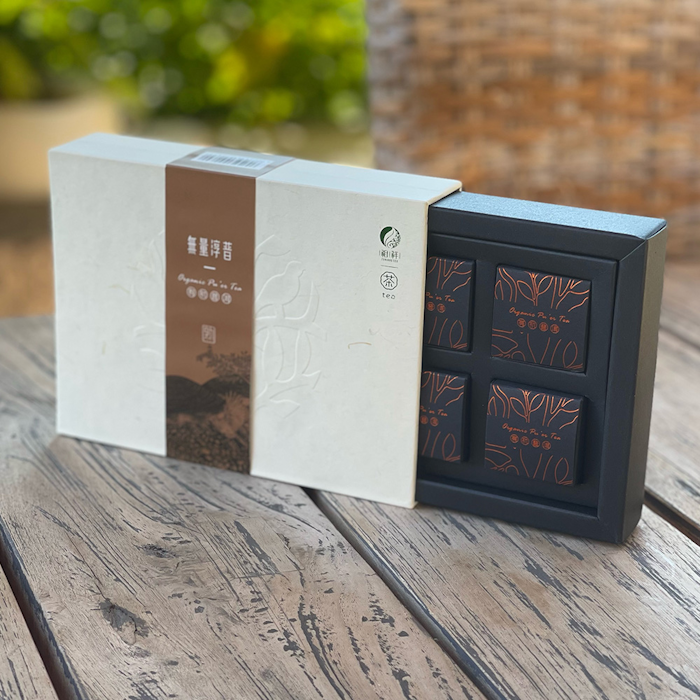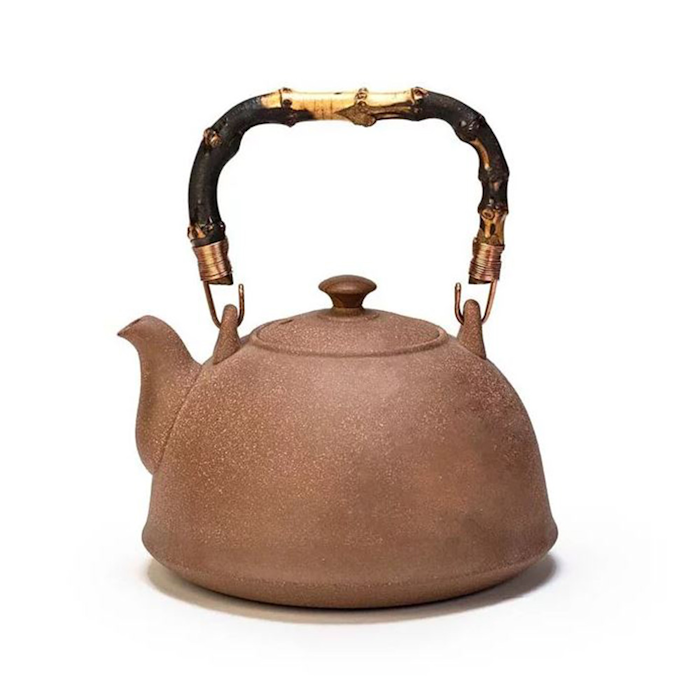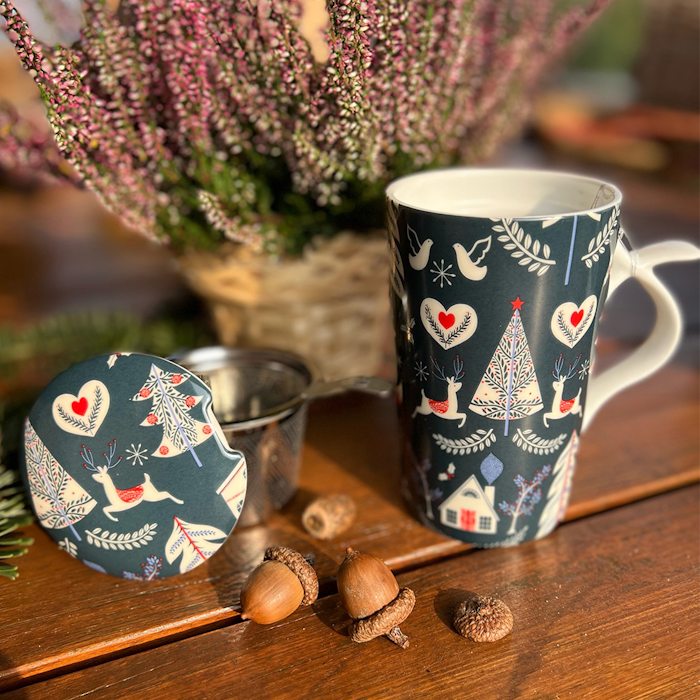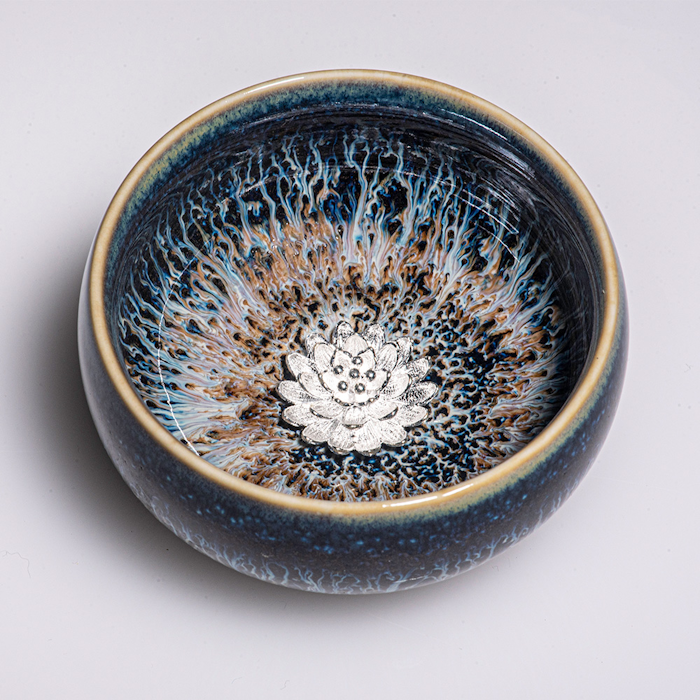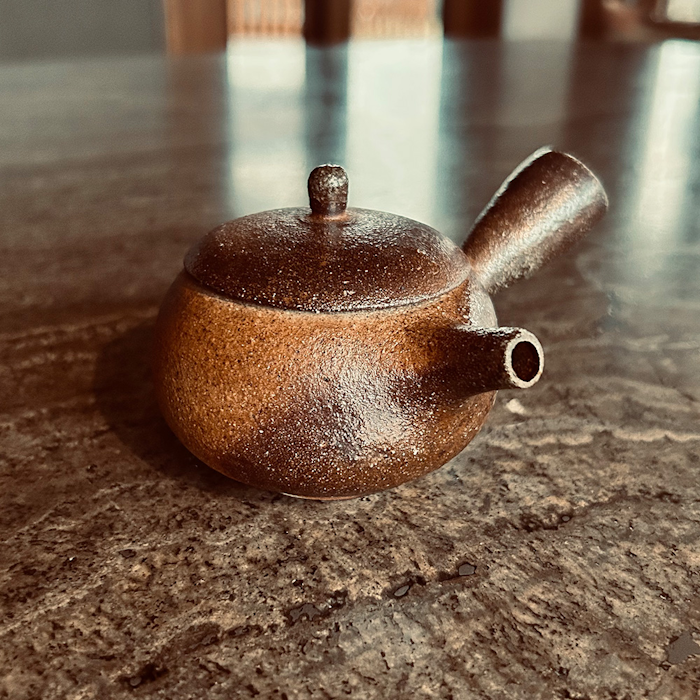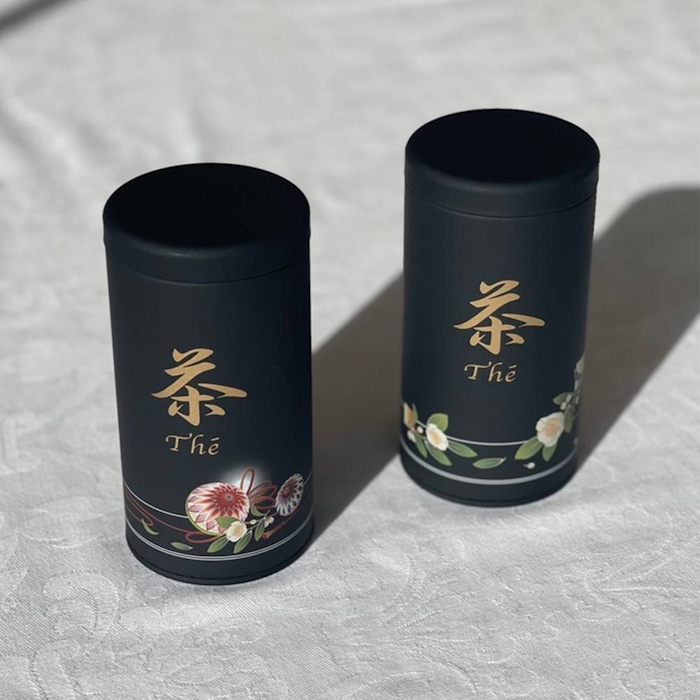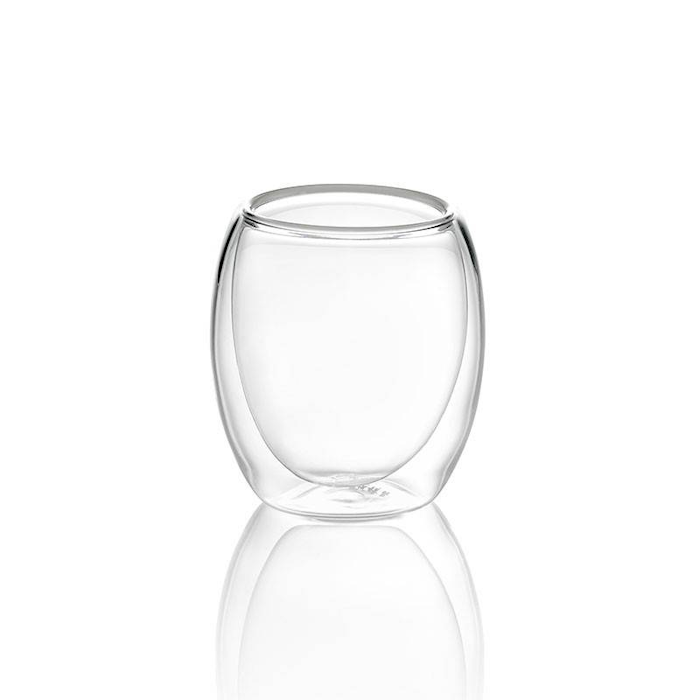The Emei Zhu Ye Qing Green Tea is obtained by selecting only the bud and first leaf during the early spring season. This fairly earlier-than-average harvest, coupled with its sourcing from high-altitude gardens on Mount Emei, gives the product a slightly curved, pointed shape very similar to that of young bamboo leaves. The Chinese name Zhu Ye Qing, in fact, can be translated as "green bamboo leaf" and was given to the tea precisely because of the similarity between the two natural elements.
In appearance this product is also very close to Yunnan Que She green tea but, although both come from the Sichuan region, they have quite different characteristics especially in taste. Emei Zhu Ye Qing turns out to be a tea with a distinct vegetal sweetness and a definite savoriness, combined with a fresh mouthfeel.
Tasting - Sight and Smell
Emei Zhu Ye Qing green tea has small, asparagus-green leaves and buds that are very glossy and curved in shape, reminiscent, as the name of the tea suggests, precisely of bamboo leaves. Once infused, they release fresh, sweet vegetable aromas, such as peas, broccoli and baby carrots, as well as slightly roasted notes. In the cup, the liquor is soft yellow, smooth on the palate with just a slight astringency.
Tasting Notes
GONG FU CHA
The first infusion of Emei Zhu Ye Qing green tea surprises with a particularly intense umami taste: reminiscent of steamed zucchini and boiled carrots, while still with a fresh fava bean note. With the second infusion, a vaguely floral sweetness emerges combined with notes of baked pumpkin and finally chestnut. It is very pleasant the savoriness that is now more distinctly perceived and perfectly balances the sweetness of the vegetal notes. With the third infusion, it is the hint of chestnut that prevails, becoming more intense, as well as the sweet roasted notes. The finish is strongly umami, very enveloping on the palate with a silky body.
TO THE WEST
The first notes of Emei Zhu Ye Qing green tea are a perfect mix of sweetness and savoriness: the umami brings to mind zucchini broth, the sweetness, on the other hand, comes from notes of boiled carrots and peas. A fresher note of bamboo shoots is also faintly present. Medium notes of pumpkin, baked potato and boiled chestnut can then also be perceived on the palate. Roasted peanut notes are briefly evident on the finish, while the persistence is long, sweet and vegetal.
Location of origin
Emei Mountain - Sichuan, China
Production
The tis green Emei Zhu Ye Qing has a very classic process that involves, after an initial wilting in the open, cooking the leaves in large woks heated to temperatures around 180°C to block enzymatic activity and prevent oxidation of the leaves. After these steps, the leaves receive their final shape and are allowed to rest so that they still lose a little of the residual moisture within them.
Preparation
We strongly recommend infusing the tea Emei Zhu Ye Qing in the traditional Chinese method (Gong Fu Cha) with a gaiwan with a capacity of about 150 ml. Following this preparation, with 5 grams of leaves, multiple infusions can be made that are useful for best capturing all the flavor nuances of the tea.
Heat the water to a temperature of 80°C and proceed to an initial infusion of 20 seconds. Keeping the water at the same temperature, you can then continue to exploit the same leaves by adding more water and increasing the infusion time by 5 seconds each time (20 - 25 - 30...).
This tea has a longevity of 5-6 infusions.
For a more classic preparation in the Western style, we recommend 3 grams of leaves (about 2 teaspoons) in a 200 ml cup with water at 80°C for an infusion time of 2-3 minutes.
For a better tasting experience, we suggest that you strain the infusion as soon as the infusion time is over. Our suggested infusion timings, however, can also be slightly modified to your liking to achieve a more or less intense taste.
We recommend storing the tea Emei Zhu Ye Qing in a cool and dry place away from direct sunlight.









